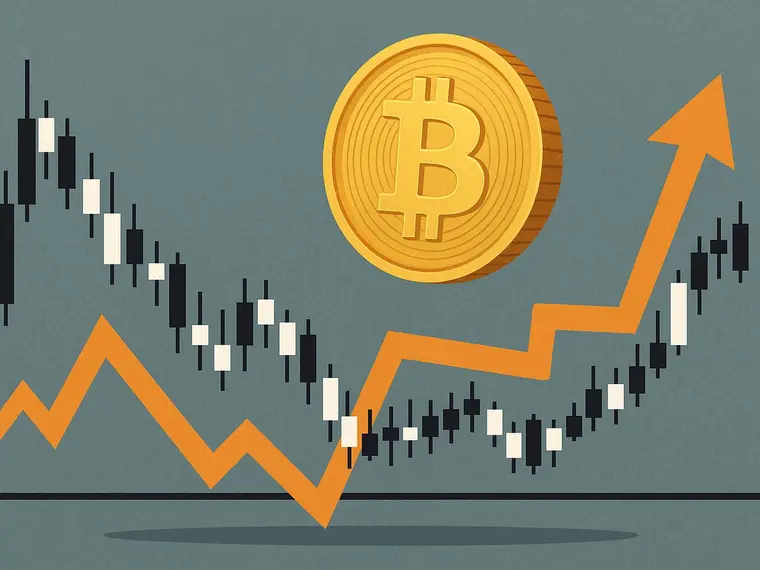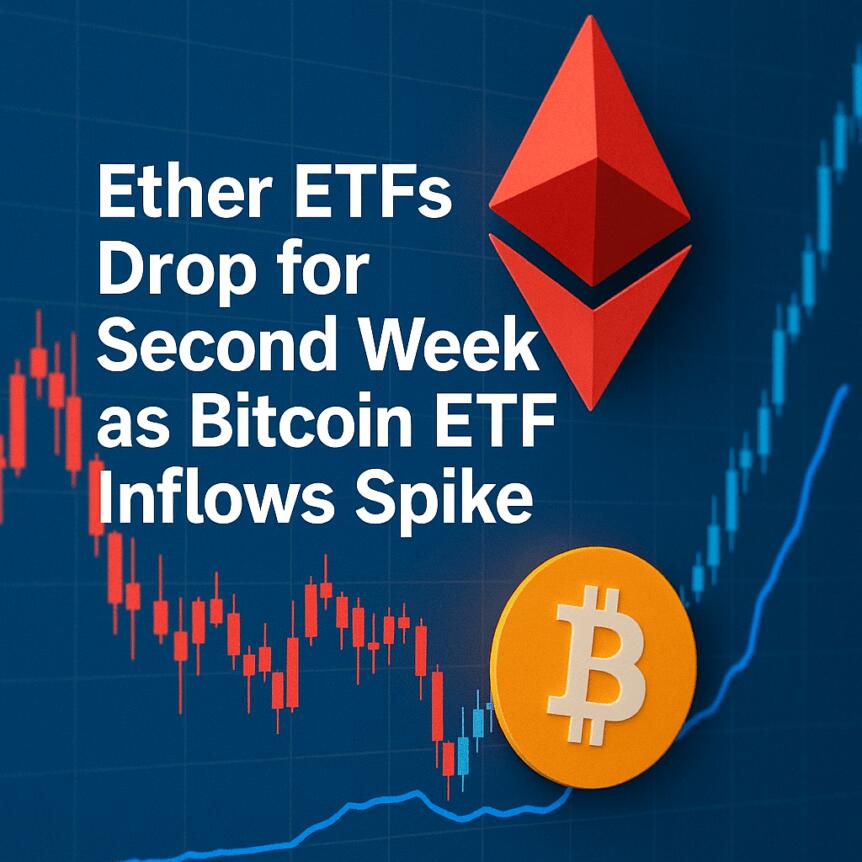Won-pegged stablecoin KRW1 launches in South Korea on Avalanche
Stablecoin development in South Korea has advanced with the launch of KRW1, a won-pegged token issued on the Avalanche blockchain.
- BDACS has launched KRW1, a new South Korean won-pegged stablecoin issued on the Avalanche blockchain.
- Each KRW1 token is fully backed 1:1 with won held in escrow at Woori Bank, with real-time proof-of-reserves integration.
- The rollout follows earlier pilots such as KRWIN, adding momentum to South Korea’s growing stablecoin market.
- South Korea’s Financial Services Commission (FSC) is drafting rules for stablecoins, expected in October as part of the Virtual Asset User Protection Act.
Seoul-based digital asset firm BDACS announced the launch of KRW1 on September 17, a stablecoin fully backed by South Korean won. Per a press release shared with crypto.news, the rollout follows a successful proof-of-concept conducted in partnership with Woori Bank, one of the country’s major financial institutions.
Each KRW1 token is 1:1 collateralized with won held in escrow at Woori Bank, with real-time API integration enabling verifiable proof of reserves. The token is initially issued on the Avalanche blockchain, which BDACS said was selected for its security and performance, with plans to expand to additional networks.
Beyond issuance, BDACS has built a framework for management and user applications, including peer-to-peer transfers and transaction verification. The company said it expects KRW1 to be used across remittances, payments, investments, and eventually public-sector programs such as emergency relief disbursements.
BDACS CEO Harry Ryoo said KRW1 is intended to serve as core infrastructure for Korea’s digital asset market, with plans to support corporate, institutional, and public sectors.
KRW1’s launch comes as the South Korean market shows growing interest in stablecoins, building on earlier pilots in the country. It follows fanC and Initech’s KRWIN pilot, the first won-pegged stablecoin test, which debuted in August as part of efforts to create a domestic stablecoin market.
Local surveys have highlighted strong demand among citizens, who already rely heavily on dollar-backed tokens such as USDT (Tether) and USDC (USD Coin) for trading and other financial transactions.
Major banks have also been exploring stablecoin initiatives. A group of eight financial institutions has been working on a joint venture for a won-based digital asset, warning that without domestic alternatives, dollar-backed coins could dominate the local market.
Regulators prepare framework for stablecoins in South Korea
The launch of KRW1 also comes as South Korea’s Financial Services Commission (FSC) works on a regulatory framework for stablecoins. As reported earlier by crypto.news, the FSC is drafting a bill that will outline requirements for issuance, collateral management, and internal control systems.
Expected in October, the legislation will form part of the second phase of the Virtual Asset User Protection Act, first introduced in late 2023. Lawmakers have confirmed they were briefed on the direction of rules for the sector, and the framework is expected to provide the country’s first unified rules for issuance, creating a clearer path for how tokens like KRW1 can operate within South Korea’s financial system.
South Korea’s efforts follow similar initiatives in Japan and Hong Kong, where regulators are also building various policies to support the sector. The push is influenced by the United States’ recent rollout of supportive legislation for the sector, further accelerating global competition.
While dollar-pegged assets continue to dominate the global scene for now, efforts such as the launch of KRW1 and the FSC’s upcoming framework signal that South Korea is positioning itself to establish a foothold in the stablecoin market.
You May Also Like

Fed rate decision September 2025

Twee weken stilte op de Bitcoin markt: wat zegt de data?
